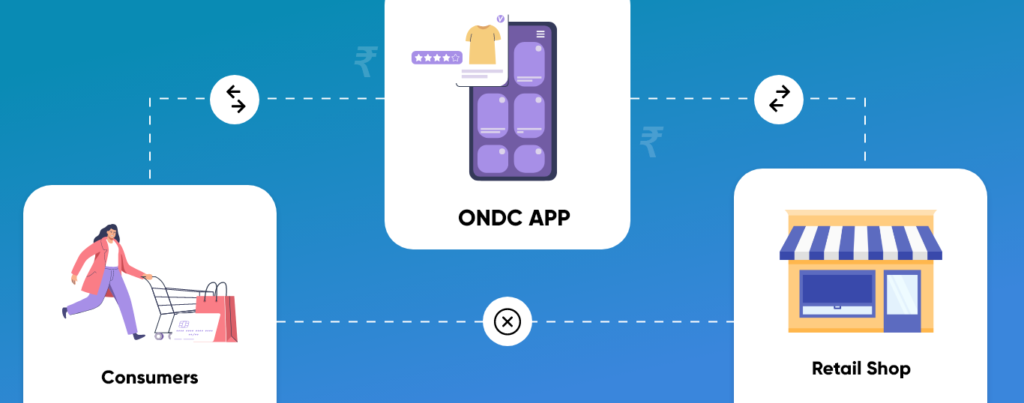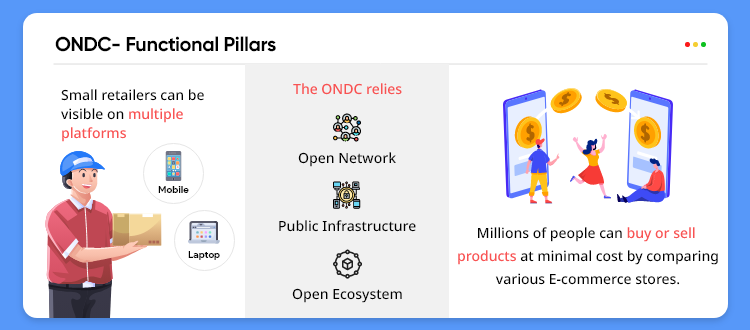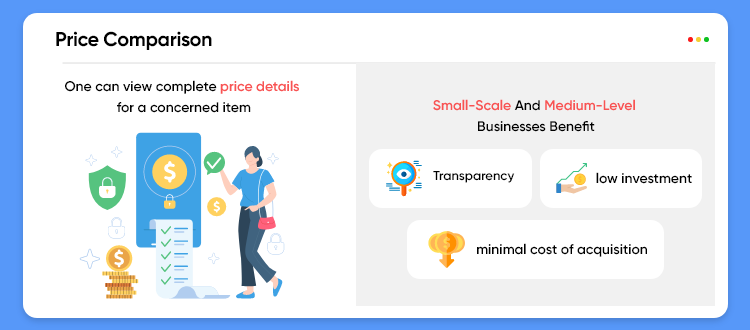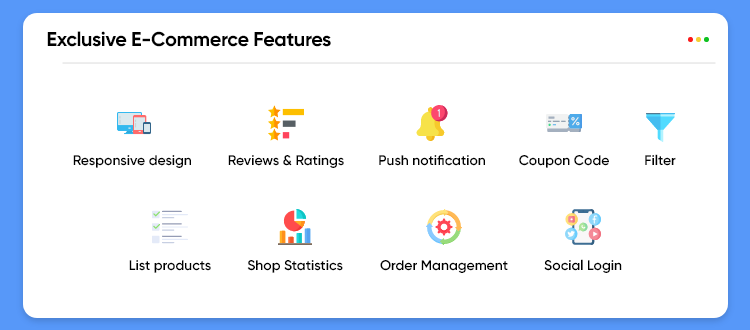On 8th May 2022 Government of India established the experimental phase of ONDC. ONDC stands for Open Network for Digital Commerce. It is an online system where traders and consumers are involved in the procurement of products. Recently, ONDC launched a pilot phase in major cities like New Delhi, Bengaluru, Coimbatore, Bhopal, Shillong, and Lucknow. They are also planning to launch in Chennai, Thrissur, and Kannur. In this gigantic system, the Government plans to partition the monopolies & duopolies of prominent E-commerce brands like FlipKart, Amazon, and Myntra, etc. The famous personality Mr. Nandan Nilekani is the mentor of this project & Mr. Anand Mahindra praises ONDC initiatives.

In-depth details
A few months back, DPIIT established the ONDC project that aims to stop Digital monopoly. It is an initiative toward open-source marketing. This marketing will help the retail sellers. The main aim of ONDC is to create an open network and build methodology systems with the aid of an open network & specifications relying on the platform.
The Quality Council of India is highly responsible for the integration of public networks and e-commerce platforms. On the ONDC platform, both buyers and sellers can perform business without the necessity of being available on an identical e-commerce gateway. Generally, ONDC is a wide network available for everyone that enables small to medium-scale sellers to participate in digital commerce.
The ONDC developers are building a trading process with prominent leaders like SIDBI & NABARD. The main objective of ONDC is to develop an inclusive network for the promotion of the products, create user-friendly digital commerce for small-scale businesses and assure quick digitization of the Ministry of Micro, Small & Medium Enterprises.
ONDC- Functional Pillars
The proponent exclaims that ONDC will move Indian E-commerce away from the current platform-centric model dominated by market leaders Amazon and FlipKart to an open network. When ONDC comes in, small retailers can be visible on multiple platforms. A few months back, the Government of India opened an exclusive network for digital commerce, believing that ONDC is a game changer. ONDC was launched in a few selected cities and it is not meant to earn profit.

The ONDC relies on its functional pillars: open network, public infrastructure, and Open ecosystem. In this massive infrastructure, millions of people can buy or sell products at minimal cost by comparing various E-commerce stores. An enormous ecosystem assures updated communities and innovative ideas. Daily a new ideas should be initiated. So that buyers and sellers will gain beneficial value. Overall, ONDC plays a major role. It is an open network that processes examinable stores & E-Commerce apps inter-linked with ONDC. At the same time, it also creates an efficient platform where small-scale vendors acquire opportunities to develop enormous e-commerce apps playing a vital role in ONDC.
List of similarities between UPI & ONDC
Most experts do not take much time in expressing their thoughts related to projects. The UPI stands for Unified Payment Interface, which came into effect in the year 2016. Some of them thought that the UPI system would fail. The National Payment Corporation of India developed the UPI system and achieved many reputations beyond our expectations. Google is also involved in a new project to establish the UPI system. The UPI system is going to bring enormous changes in the present market, and it has already targeted giant companies like Amazon, FlipKart, Myntra, etc. The ONDC provides an exclusive platform to help small and medium-scale sellers. It automatically helps in the growth of India’s Economy. If everything goes positively, then sure ONDC will be the UPI of E-commerce.
Whether ONDC will be the UPI of E-Commerce?
ONDC will be the UPI of E-Commerce and that auspicious day is not so far away. This one is possible by achieving features of Inclusivity and Interoperability. The main aim of UPI is to acquire sufficient people in digitization. The ONDC provides an exclusive platform for small-scale to large-scale sellers involved in the procurement of products like clothing, grocery items, electrical and electronics, etc.
In this present era, India is the global third-largest online shopper. By the year 2030, there will be more shoppers. In 2020, the e-commercial market was badly affected due to the pandemic COVID-19. There was a complete lockdown & hence there was no possibility to deliver products.
The Bhartiya Kirna stores account for eighty percent of retail areas. Interoperability is one of the vital features of ONDC. Here, the transfer will be an efficient process for the UPI-enabled apps. If a seller wants to sell products through multiple e-commerce platforms, then a separate infrastructure will be provided. Then the seller has to oblige to terms and conditions. The main reason to tie up sellers and buyers on the same platform is to create a better shopping experience.
There are different buyers with multiple ideas and it is a great challenge for the government. The empowered digital IT sector has to develop an alternate network on different platforms to inter-connect with several sellers and provide a satisfying shopping experience and multiple choices to customers.
Crucial Issues on E-Commerce Platform
Abuse of Aggregator Superpower
The major issues rise from the monopolization model in the E-commerce business. There are two models described as the Inventory model and the Marketplace model. In the Inventory model, the company procures products in massive quantities from sellers at an ultra-cheap rate and sells them directly to the customer. The next one is the Marketplace model. Where the independent buyers and independent sellers. They are connected through an E-commerce platform through a website and mobile app.
Major reasons why ONDC came into effect
- Small retailers can be on multiple platforms
In 2016, the Government of India imposed that foreign E-commerce companies. They are not strictly allowed to use the inventory model. And they can operate on the marketplace model. The Government of India wants the small and micro sellers to be on multiple platforms & earn revenue. This is the reason for introducing ONDC.
- Deep discounting
The second reason for introducing ONDC is deep discounting. It means providing a high discount on a concerned product. During festival times a huge discount is given on several products. It automatically affects the small retailers who were not able to provide the discount. The fact is that the discounting process is harming the offline commerce economy.

- Imitation game of E-commerce Platform
The last reason is a highlighted one. The major e-commerce brands follow anti-competitive models for promoting their products at the retailer’s cost.
Backbone of ONDC
For a successful implementation, ONDC possesses three-pin-pointed approaches:
- Discoverability
If you are planning to buy an air cooler for your home, you will search on the e-commerce platforms like Amazon or FlipKart, which is more or less closer to eighty percent of the E-Commerce market. With the ONDC platform, if you are searching for an air cooler on the platform, you can view search results from gigantic e-commerce platforms like Amazon, FlipKart, Snapdeal, Myntra, etc.
- Open Protocol for E-Commerce Platform & Interoperability
If you wish to order food, you can go for Zomato or Swiggy. Zomato charges an additional fee of fifty rupees as a delivery charge. Swiggy gives the delivery rate of thirty rupees. If the delivery partner is late, you have to wait for a longer time. With the ONDC platform, the issue can fade away. The interoperability tends towards multiple avenues. The ONDC platform acquires information about the delivery partner, customers, and hotels. You can place the order from Zomato & choose a delivery partner from Dunzo and deliver instantly at the doorstep.
- Price Comparison
With the ONDC platform, one can view complete price details for a concerned item. The Government of India is planning to bring innovation and enhance the power of traders and consumers. The transformation of goods, food, electronics, and mobility has become mandatory. Small-scale and medium-level businesses benefit from a list of factors like transparency, minimal cost of acquisition, low investment, etc.

Key Stakeholders to ONDC
Both Government and private sectors have invested about nearly INR three billion. Prominent banks like HDFC, SBI, PNB, Axis Bank and Kotak Mahindra have occupied stakes in ONDC. PNB is planning to buy a near ten percent share in ONDC. As of now, eighty firms are working to unify multiple players with ONDC. These companies are processing software and apps for traders, buyers & payment portals. Prominent companies like eKart Logistics, Dunzo, and PhonePe. Also involved in the incorporation of ONDC.
What are the obstacles faced by the Government in implementing ONDC?
Now, you can know about a list of hurdles in implementing ONDC.
Inadequacy of screen space
If the ONDC project becomes a huge success, millions of small retailers will move on to this gigantic platform to sell their products. But here, the question arises, whether screen space can adopt all the new retailers? At one point, the system can show only a particular list of stores. This fact of the inadequacy of screen space brings inequality. The first preference will be given to the retailers with better reviews. Hence, ONDC has to come up with a well-defined screening mechanism. This mechanism automatically deletes the fake reviews.
Eradicating profit from giant players
Prominent brands like Amazon, FlipKart, Zomato, and Myntra have invested a huge amount of money in developing their infrastructure. The Government is imposing rules & regulations and trying to intervene in them. On one side of the flip, the giant companies will face huge losses. On the other hand, if they earn a profit, small vendors & aggregators will be affected. Hence, ONDC should solve this issue before implementing the project throughout India.
Raptorial pricing
The predatory type of pricing is the most common among small business entrepreneurs in India. Already price war exists among micro, small & medium level enterprises. If the price comparison of ONDC comes into reality, then the game changes completely.
How do Team Tweaks help small retailers?
Are you looking for the right organization to develop your dream project? Team Tweaks is a renowned mobile app development company that provides competitive edge technologies & cost-effective solutions for all your business needs.
Our proficient skilled team helps to create the best mobile apps for business growth. We are readily available to transform your delusion into reality. Not only medium & large-scale enterprises, but we also help small retailers to develop their business and attain more revenue growth in a shorter period. We help small retailers to build their brands through the successful implementation of custom-built apps.
Teamtweaks team is readily available to discuss the feasibility of your ideas and deliver your app and portfolio at the promised time. We always respect your ideal thoughts and satisfy your end-users!! By acquiring our unique app, micro & small-scale retailers. So they can be involved in the Government’s ONDC project and shine well in this competitive globe.
Our exclusive E-commerce features

Responsive design
Enhance your reach to target audiences to increase sales & conversion.
Reviews & Ratings
Our exceptional app allows the buyers to give their ratings and reviews. Before purchasing a product, the upcoming customers can check the reviews.
Push notification
The user will be notified about the products through push notifications.
Coupon Code
The retailers can create coupon codes and sell the products. During the checkout time, users can also add a coupon.
Filter
Based on the multiple filtering options of price, brand, Color, availability, and category. A product can be added to the cart.
Social Login
The users can log in to the app using social media accounts like Google and Facebook.
List products
The retailers can list digital products through the medium of mobile apps.
Shop Statistics
The small-scale retailers to larger ones can view statistics lists like profit, daily-basis commission and monthly commission, etc.
Order Management
It is feasible to update the status of orders directly from the mobile app. Changing order status can be done seamlessly.
Final words!!
Apart from the crucial challenges. The ONDC is a courageous move implemented by the Government of India. Prominent leaders such as Dunzo & PhonePe have already signed an agreement with the ONDC platform. India’s top banks have invested nearly thirty-four million dollars in the ONDC initiative project.










